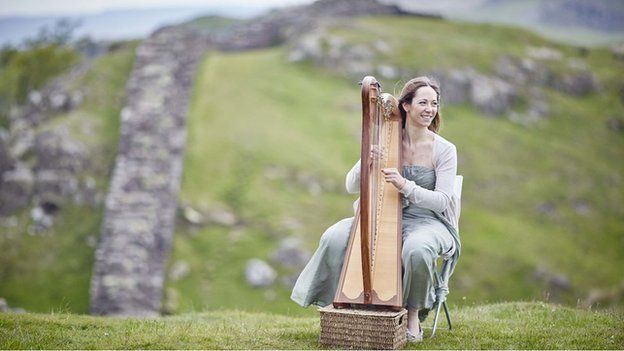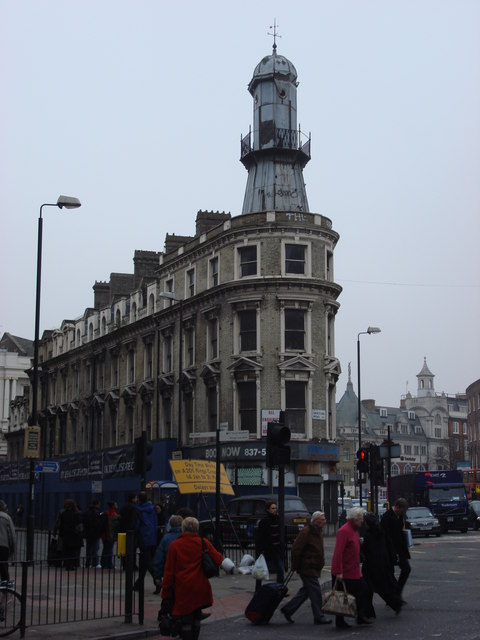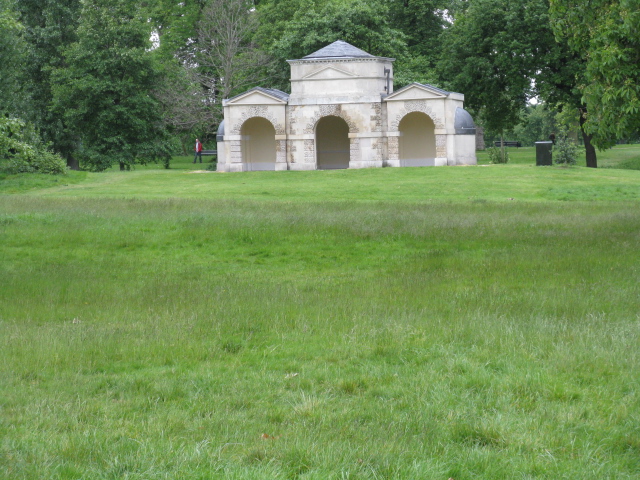It was the creation of conservation areas that introduced the concept of "character" into UK planning legislation.
And most people are familiar with local councils acting as the "Planning Authority" which draws up local plans, policies and Conservation Area proposals.
But there are several areas and times that are taken out of the democratic process and handed over to unelected, appointed "Qualgos" (Quasi-autonomous LOCAL Government Organisations).
One such is the LONDON LEGACY DEVELOPMENT CORPORATION given responsibility for regeneration of a much wider area than just the Olympic "park"
It has drawn up proposals for Fish Island, a formerly industrial area, on the banks of the River Lea (arguably the first designated "Navigation" in England), which has become a hub for a great many art organisations, galleries and studios that have created a vibrant and flourishing commercially successful arts hub. And the area hosts one of the largest arts festivals in Europe
http://www.hackneywicked.co.uk/

The LLDC has drawn up proposals for Fish Island that the East End Preservation Society strongly object to ( Press Release below).

The trouble with this whole process is that local participation in the planning procedures have been denied, local policies ignored and that the democratic process which mediates disputes and balances competing interests ignored. The Olympic Legacy is characterised by a poverty of imagine - the quintessence of bureaucratic incomprehension. It hangs like an albatross across the nations capital.
View Larger Map
East End Preservation Society PRESS RELEASE
INDUSTRIAL HERITAGE ASSETS AT RISK
IN HACKNEY WICK AND FISH ISLAND
Despite extending the 'industrial' conservation areas in Hackney Wick (LB Hackney) and Fish Island (LB Tower Hamlets) and identifying industrial buildings and structures both inside and outside the conservation areas as non-designated heritage assets, the LONDON LEGACY DEVELOPMENT CORPORATION is implementing its Local Plan 2015-2031 policy to restore and reuse buildings of heritage value for employment uses by allowing developers to either demolish such buildings or, at best, keep a few original outer walls as decoration for an oversized replacement building.
An application to simply retain two outer walls of an Edwardian multi-storey stable block at Swan Wharf, Dace Road, London E3 attracted over seventy individual objections, including representations from English Heritage, The Victorian Society, East End Waterway Group, Greater London Industrial Archaeology Society, The Hackney Wick and Fish Island Planning and Development Unit, The East End Preservation Society, Heritage of London Trust, SAVE Britain's Heritage. Also 1,041 signatures to an online petition (see below). The Legacy Corporation postponed the determination of the application to discuss amendments with the applicant. The main amendment now being consulted on is the reduction of the proposed oversized replacement block from six to five storeys.
Both the Legacy Corporation and the applicant are ignoring all the objections and the strong advice from English Heritage. And the LLDC's Fish Island & White Post Lane CA Character Appraisal and Management Guidelines (adopted by the Board in April 2014, final version November 2014). And the LLDC's Local Plan 2015-2031 (submitted to Secretary of State November 2014). They are also ignoring all other relevant planning policies: National Planning Policy Framework, London Plan, LBTH Core Strategy and LBTH Fish Island Area Action Plan. (My emphasis, D.S.)
Obviously, should planning application 14/00262/FUL be given planning permission by the LLDC's Planning Committee (at its February 2015 meeting?) and the proposed demolitions in Wallis Road Hackney Wick are allowed, precedents would be set for the demolition of substantial demolition of all the other non-designated heritage assets (unlisted buildings) in and outside the LLDC's four conservation areas. In which case, the designation of the two extended conservation areas and all the LLDC's planning policy documents would have been a complete waste of time, effort and money. And the people of London (Tower Hamlets and Hackney in particular) would not only lose the one really substantial remaining historic area of the Lower Lea Valley (which was London's largest industrial area when London was the world's largest industrial city and greatest port) but also the social and economic benefits of properly retaining and reusing its representative buildings.
![Proposed tower at 22 Bishopsgate and [insert] view from The Momnument looking north [image: Hayes Davidson]](http://www.eastlondonadvertiser.co.uk/polopoly_fs/1.4113577.1434388621!/image/image.jpg_gen/derivatives/landscape_630/image.jpg)






.jpg)


 MEANWHILE, residents of Southwark are campaigning to save mature woodland that has grown in Camberwell Old and new cemeteries.
MEANWHILE, residents of Southwark are campaigning to save mature woodland that has grown in Camberwell Old and new cemeteries.

